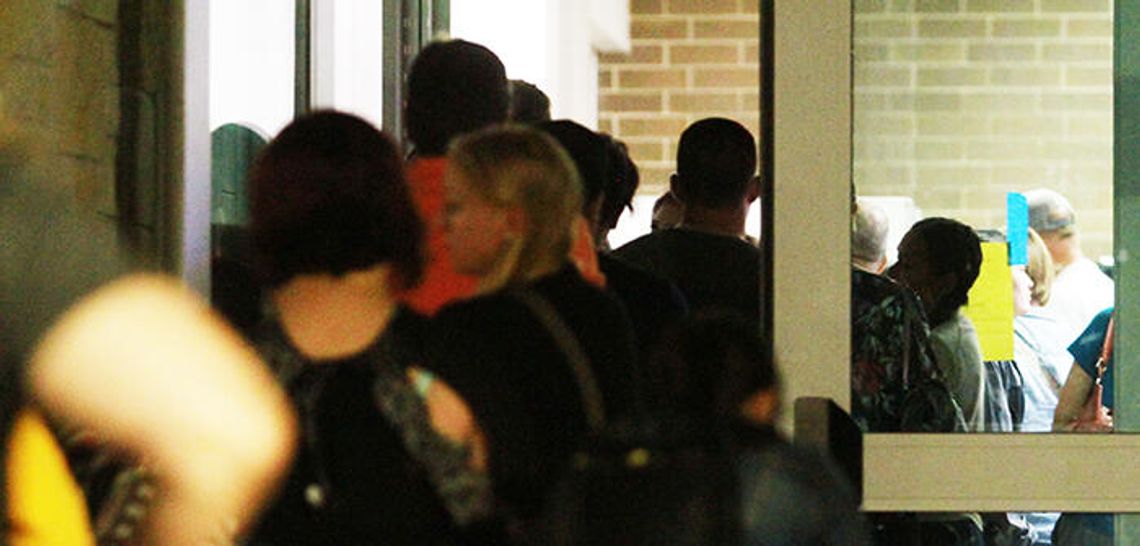An influx of straight-ticket Democratic voters at Texas State University is one primary factor that led to a handful of key Hays County seats to turn blue Nov. 6.
That wave was part of a larger national movement that flipped a handful of state and national seats during the 2018 Midterm elections, sending shockwaves across the state.
In the 2018, 21,870 Democratic voters in Hays County voted straight-ticket, a 66 percent increase from 2014. The increase in turnout and straight ticket voting drastically affected congressional, county judge and local house races.
PLEASE LOG IN FOR PREMIUM CONTENT. Our website requires visitors to log in to view the best local news.
Not yet a subscriber? Subscribe today!










